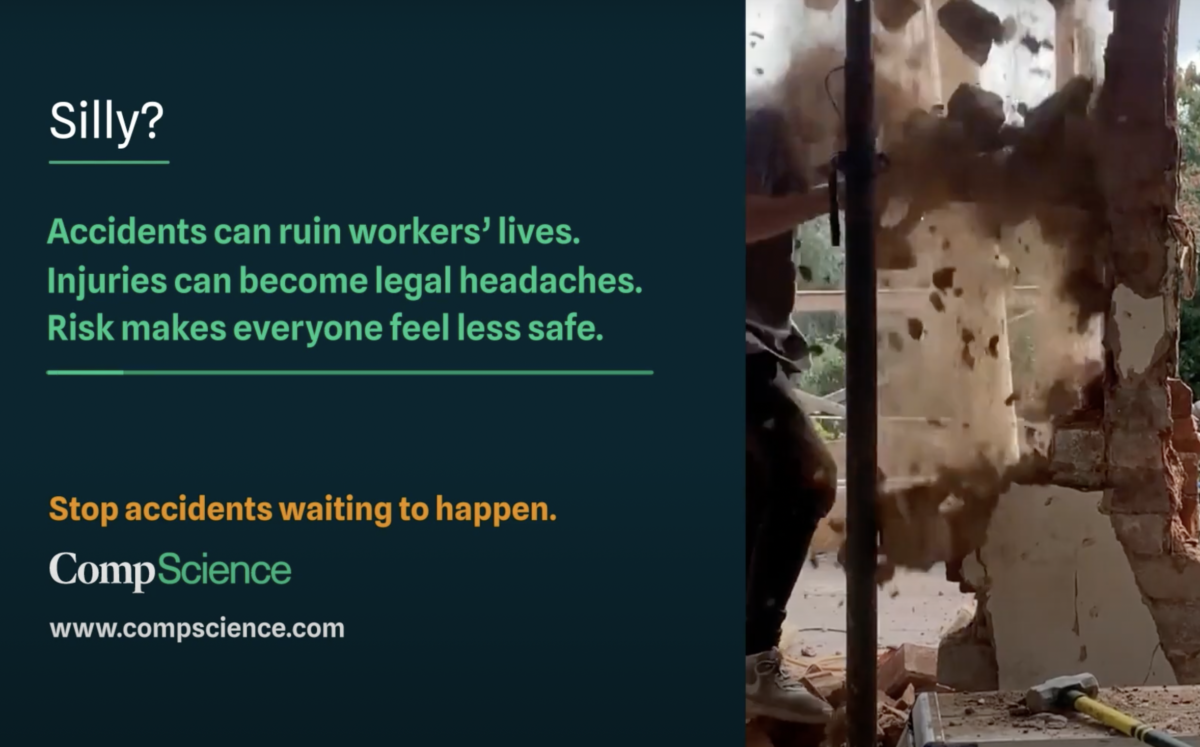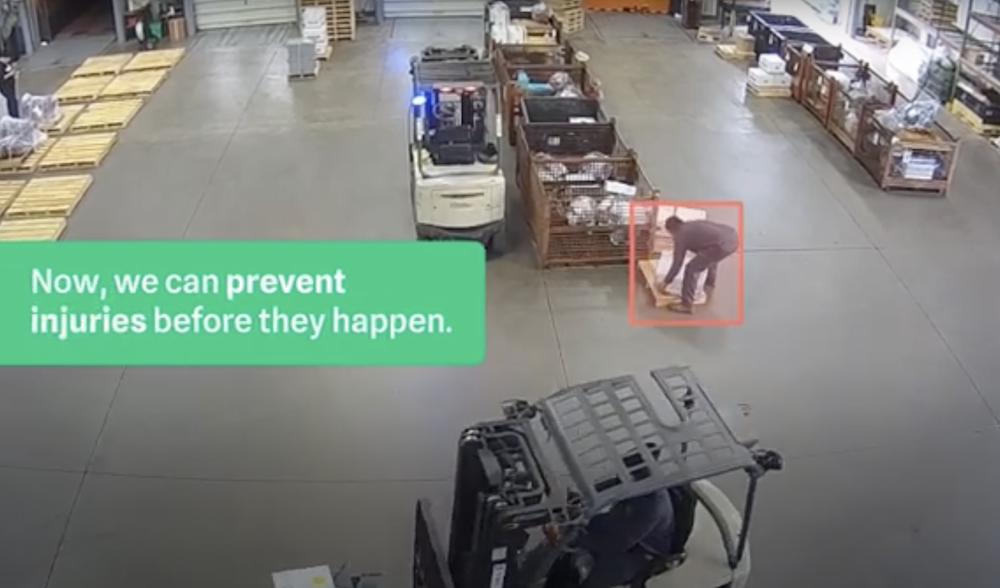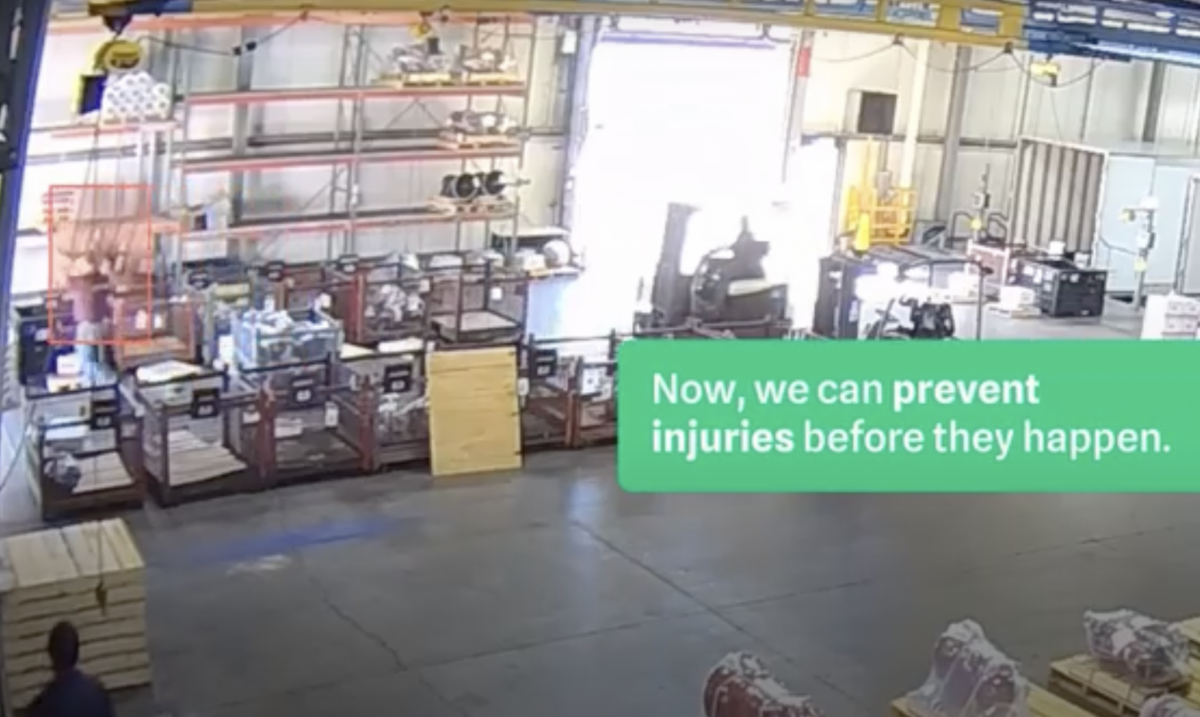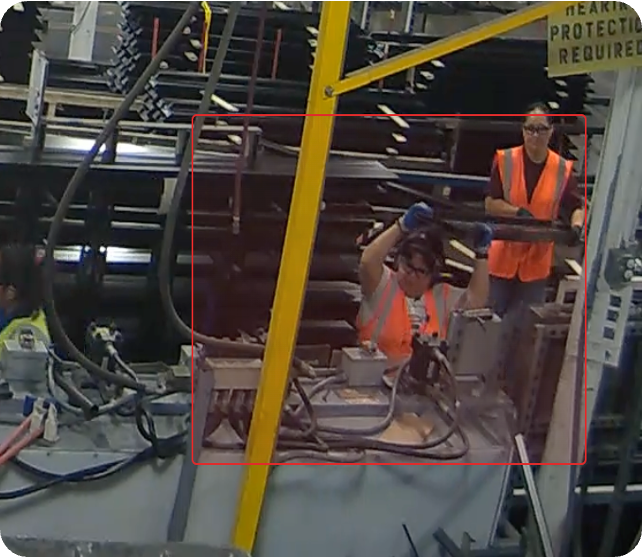
How To Focus A CFO On Improving Workplace Safety?
Here are a few strategies that may be helpful in convincing a CFO to prioritize workplace safety. It may not be clear at first why improving sa[...]
Read more
What are workplace safety analytics and how do the systems work?
Workplace safety is a crucial concern for businesses across all industries, and many organizations are investing in safety programs and technologies t[...]
Read more
Safe Working Environments Assured with AI-Powered Risk Reduction Programs
Artificial Intelligence (AI) is transforming the way we live and work, and the field of workplace safety is no exception. AI-powered risk reduction pr[...]
Read more
Injury Detection with AI Can Can Stop Accidents Waiting To Happen
Workplace accidents are a serious concern for businesses and employees alike. Despite the best efforts of employers and workers, accidents can still o[...]
Read more
Video: Repetitive Stress Prevention. Detecting Bending and Lifting Heavy Objects with AI.
Bending and lifting heavy objects often is not seen as a concern, but the reality is that the probability of injury increases with each repetition of [...]
Read more
Video: Preventing Repetitive Stress from Overhead Lifts with The Intelligent Safety Platform
Workers lifting objects overhead is a common task in many industries. Although it may seem harmless, it can lead to repetitive stress injury over time[...]
Read more
Workplace Safety Case Study: Workflow Improvements Reduced Lifting Exposure
Workflow improvements led to 95% reductions in lifting exposure. Interventions: Ergonomics trainings and new material transport systems [...]
Read more
How quantifying risks and productivity gains can help get safety improvements funded
Quantifying the risks and productivity gains associated with safety improvements can be an effective way to get those improvements funded. By demonstr[...]
Read more
Predictive Models Can Bridge the Gap Between Safety Data and Financial Metrics
Predictive models can bridge the gap between safety data and financial metrics by using data on past accidents and injuries to predict the likelihood [...]
Read more
What is workers’ compensation insurance?
Workers’ compensation insurance is a type of insurance that provides benefits to employees who are injured or become ill as a result of their wo[...]
Read moreLatest Posts

How Can You Quantify The Value of Improved Workplace Safety?
There are a few different approaches that can be used to quantify the value of improved workplace safety: Cost-benefit analysis: This approach involves calculating the costs of implementing safety improvements (such as the cost of new equipment or training programs) and comparing them to the benefits (such as reduced workers’ compensation claims or increased productivity). […]
Read more
What’s the Indirect Cost of Risk?
The indirect cost of risk is the portion of the total cost of risk (TCOR) that is not directly related to the cost of managing risks. It includes the cost of lost productivity, damage to reputation, and other indirect costs resulting from risks. The indirect cost of risk is often more difficult to quantify than […]
Read more
What Is TCOR?
The total cost of risk (TCOR) is a term used to describe the overall cost associated with managing risks within an organization. It includes both the direct costs of risk management (such as premiums for insurance policies) and the indirect costs of risk (such as lost productivity due to accidents or injuries). TCOR is a […]
Read more
What’s the Downside of Poor Workplace Safety?
There are several potential downsides to having poor workplace safety: Injuries and fatalities: Poor workplace safety can lead to injuries and fatalities, which can have severe consequences for the affected employees and their families. Increased workers’ compensation costs: Poor workplace safety can lead to a higher number of workers’ compensation claims, which can result in […]
Read more